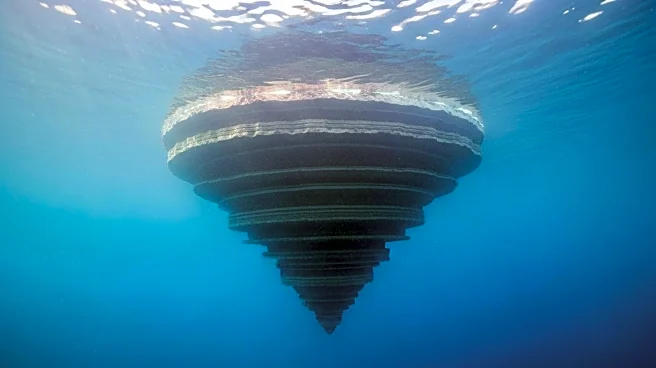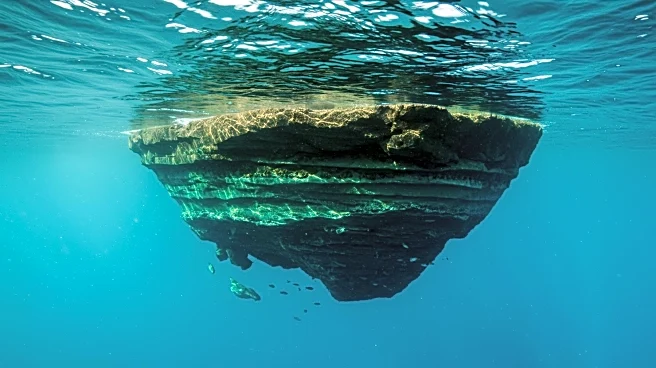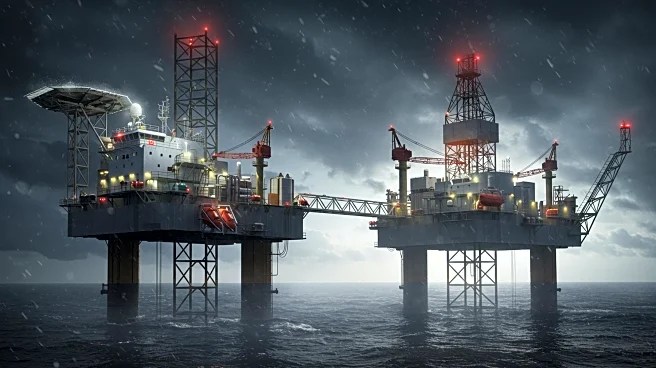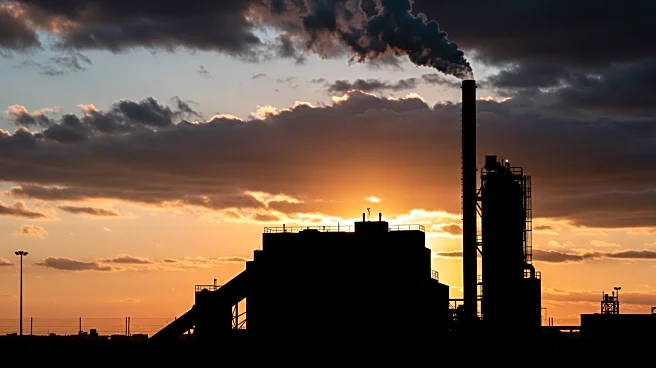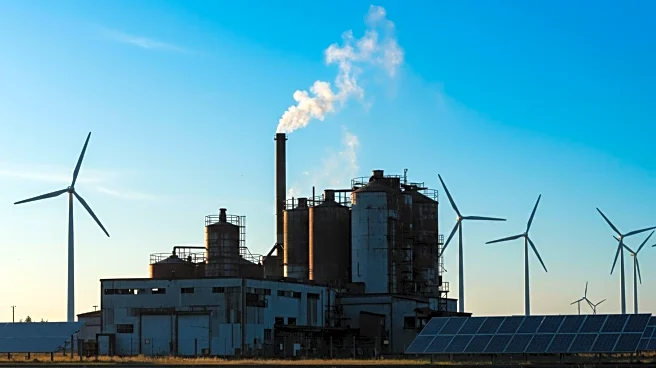What's Happening?
A new study has uncovered large areas of the North Sea seabed where younger sand layers have sunk beneath older sediment layers, defying typical geological principles. Researchers from Norway and the UK identified these 'sinkites,' which represent the largest known stratigraphic inversion. This phenomenon could impact carbon storage projects, as the inversion affects the assessment of underground reservoirs and fluid migration. The study suggests that earthquakes or pressure changes during the Late Miocene to Pliocene epochs may have caused the sand to sink, altering the seabed's structure.
Why It's Important?
The discovery of stratigraphic inversion in the North Sea seabed has significant implications for climate change mitigation strategies, particularly carbon capture and storage. Understanding how these sinkites formed can improve assessments of underground reservoirs and fluid migration, crucial for safely storing carbon dioxide. The findings may also influence the exploration of trapped oil and gas reserves, impacting energy industries. This research highlights the need for comprehensive geological studies to ensure the effectiveness and safety of carbon storage projects.
What's Next?
Further research is needed to determine the applicability of the new geological model and its implications for carbon storage and energy exploration. Scientists will continue to study the North Sea seabed to understand the processes behind the stratigraphic inversion and assess its impact on future projects. The findings may lead to revised strategies for carbon capture and storage, as well as improved methods for locating and extracting oil and gas resources.
